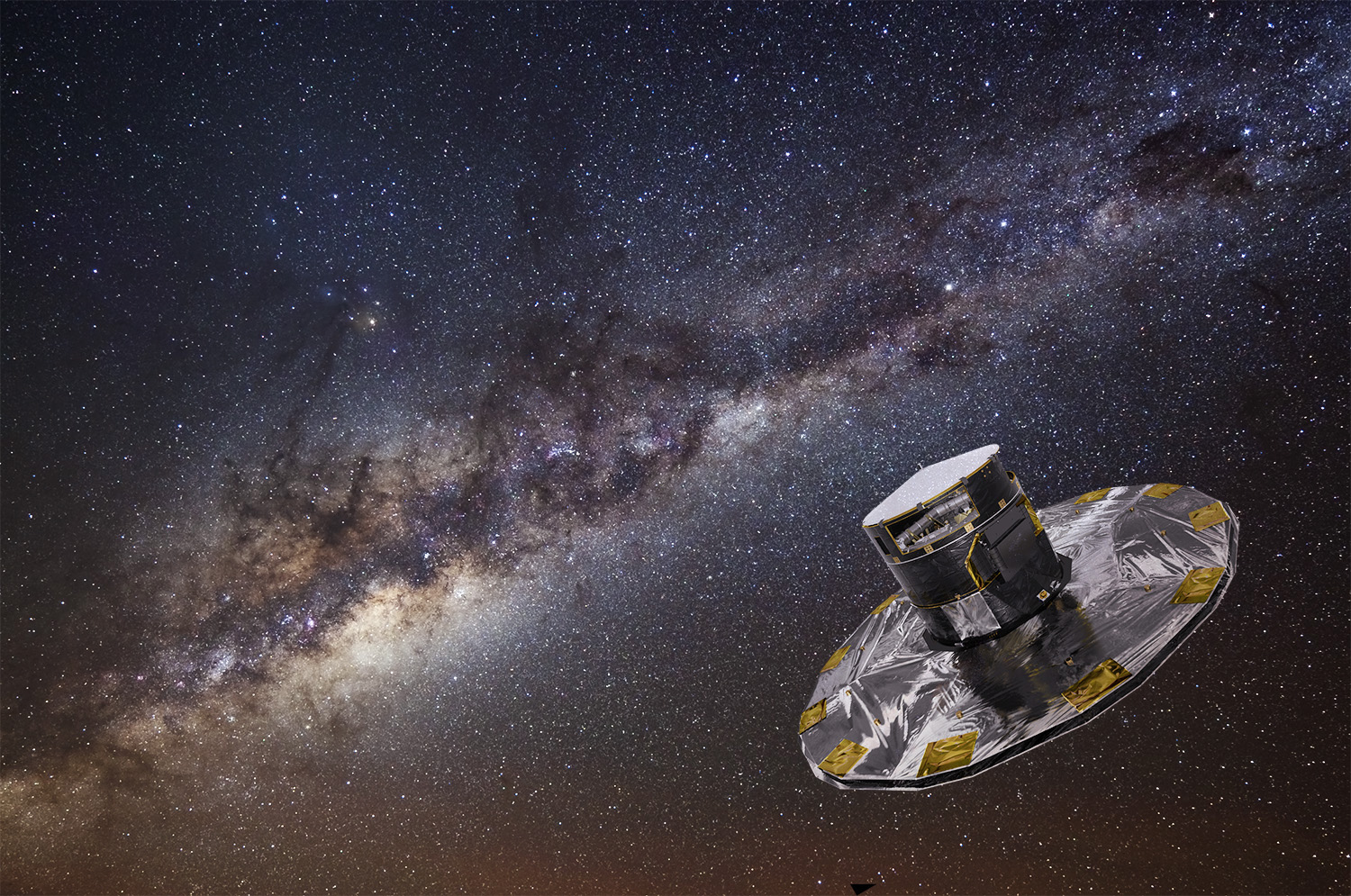European scientists are preparing to launch a probe that will transform our understanding of the galaxy. The spacecraft, called Gaia, will carry the world's biggest, most accurate camera, which it will use to pinpoint more than a billion stars with unprecedented precision and create a 3-D map of the Milky Way.
The vast amounts of data generated by the GBP2bn robot spacecraft — built by the European Space Agency — will reveal how the Milky Way formed and how it will evolve over the next few billion years. In addition, Gaia will locate hundreds of thousands of distant planets in orbit around other stars; survey asteroids that orbit close to our own sun, giving warnings of any on a collision course with Earth; and provide clues about dark energy, the mysterious force that is thought to permeate space and which is pushing the universe apart.
"We are going to rewrite every star chart and every astronomy book that we have written over the centuries," said professor Mark McCaughrean, the ESA's senior scientific adviser. "Thanks to Gaia, we will find out how the Milky Way was put together. And for good measure it will provide us with an early warning system for asteroids heading towards Earth."



















With your current subscription plan you can comment on stories. However, before writing your first comment, please create a display name in the Profile section of your subscriber account page.